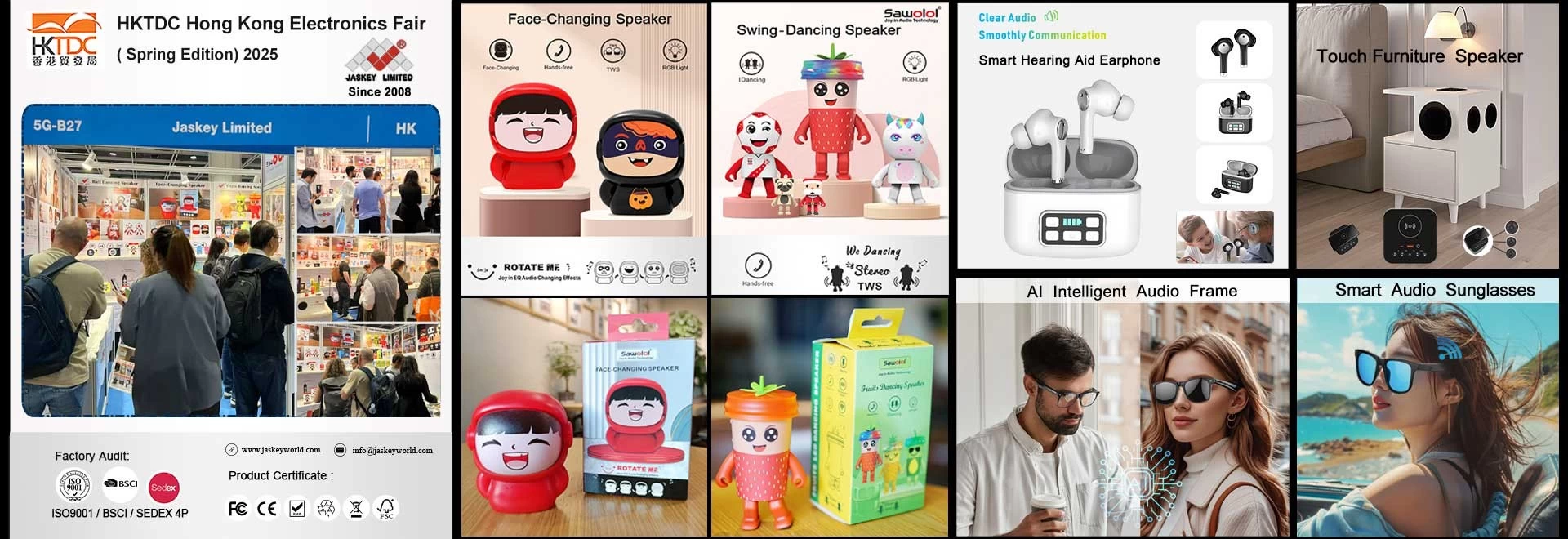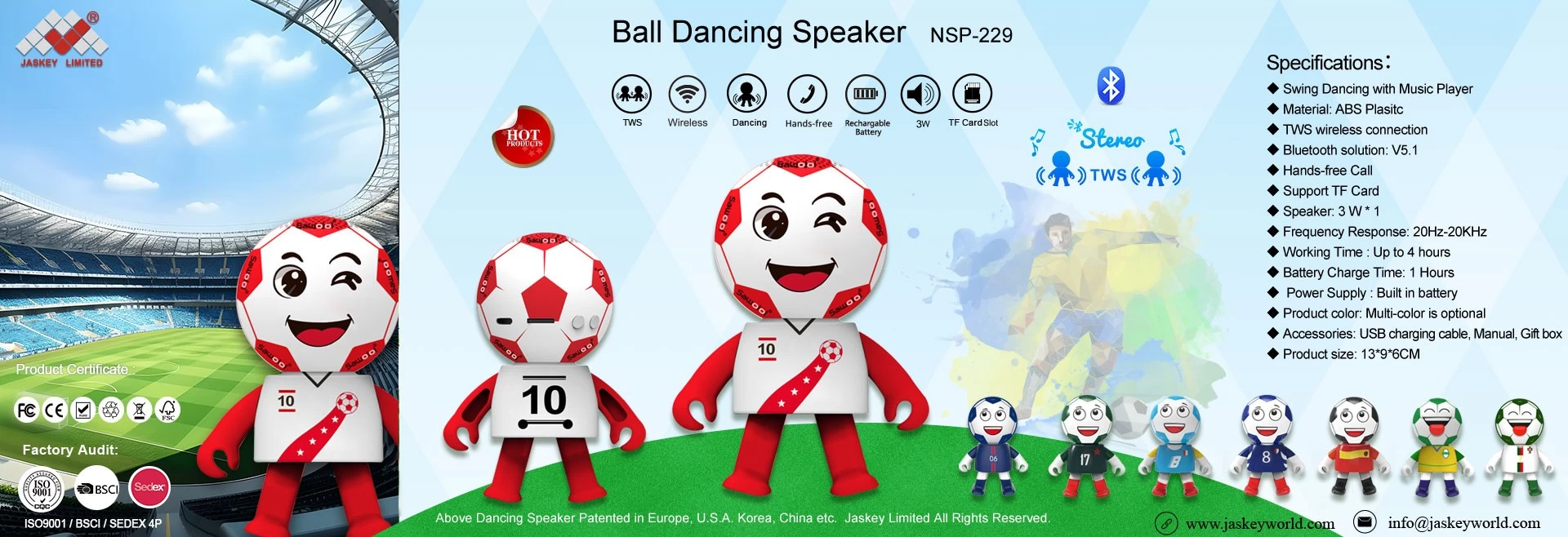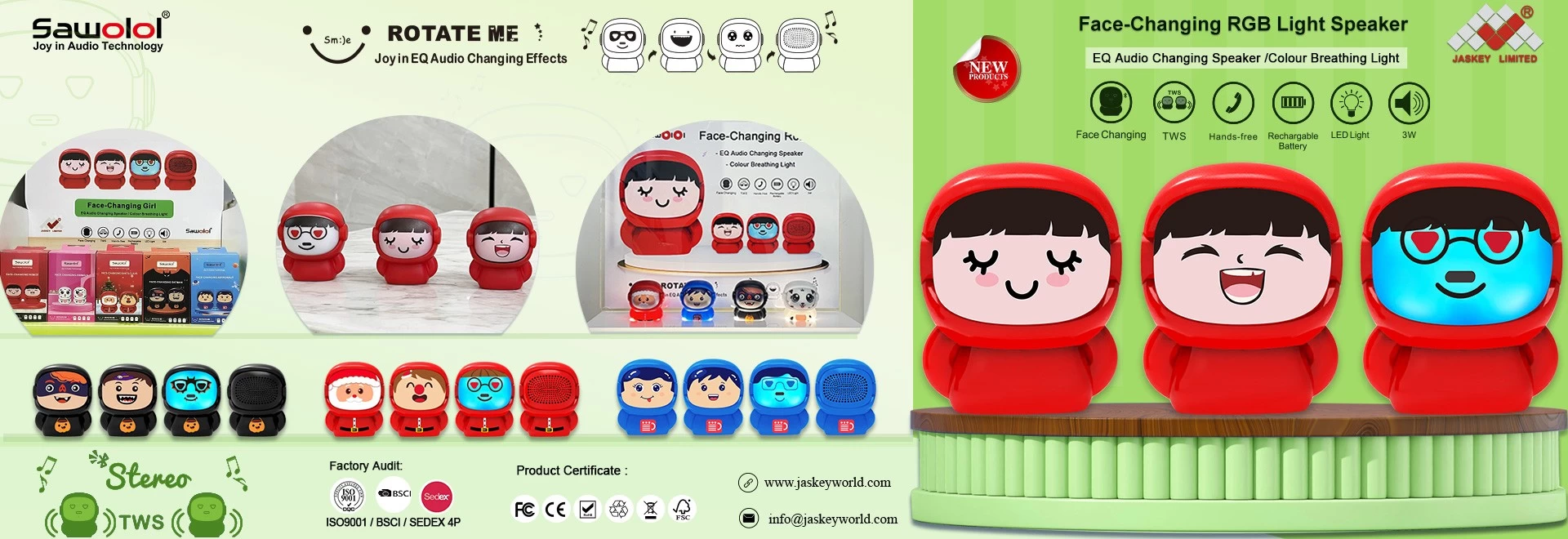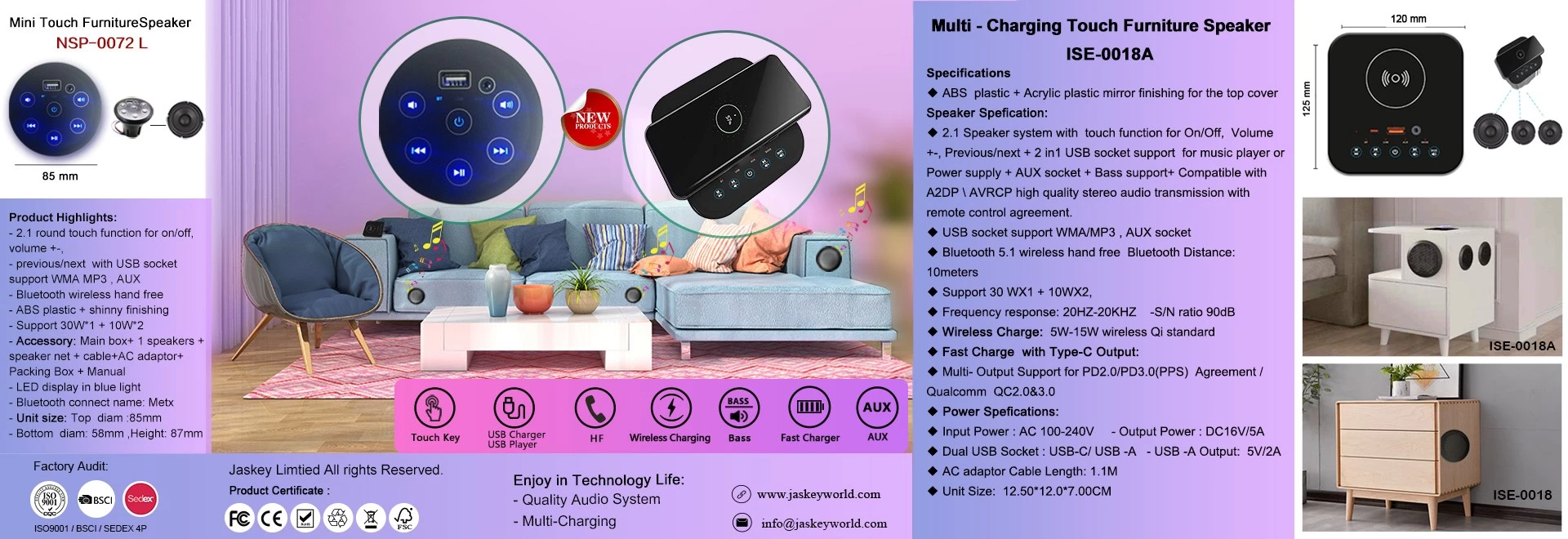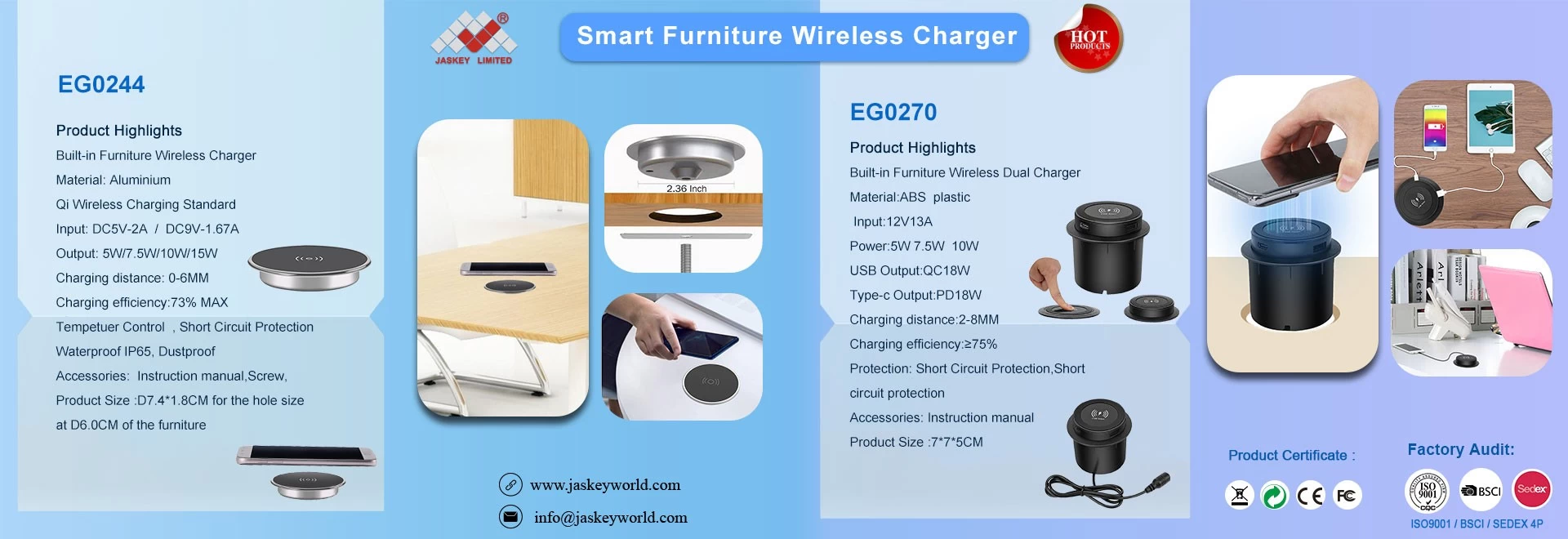What should we pay attention to when choosing true wireless bluetooth earbuds?(1)
Since the Apple iPhone cancelled the 3.5mm jack and replaced the traditional wired earbuds with Air Pods, the elimination of the 3.5mm port seems to have become a trend in smartphones. It is undeniable that this trend has also brought "true wireless bluetooth earbuds" along the way. This product is booming. Since 2017, almost all well-known earphone brands have launched true wireless bluetooth earbuds, and now many brands have launched second-generation products with more mature technology and better performance, allowing consumers to have better purchase options.
In addition to the well-known big brands we have introduced that have launched true wireless bluetooth earbuds, in fact, there are so many brands on the market that have launched such products, and many of you may not even have heard of the name. The prices range from cheap to expensive, and the quality is also variable. Not all. For those who want to buy true wireless bluetooth earbuds for the first time, if they don’t do some homework before buying, they really don’t know where to start. So what should I pay attention to when buying true wireless bluetooth earbuds? The following author has compiled the purchasing guide of 6 true wireless bluetooth earbuds, so that you can buy true wireless bluetooth earbuds for the first time.
1. Pay attention to the stability of the connection between the two ears
True wireless bluetooth earbuds are connected to a source (such as a mobile phone) via Bluetooth, but you should know that traditional Bluetooth uses a "point-to-point" transmission mode, and there is no way to transmit audio to the earphones on both the left and right ears at the same time. There is no signal cable between the left and right earphones, how can the signal be transmitted wirelessly? Currently, most of the true wireless bluetooth earbuds on the market use a Near Field Magnetic Induction technology to connect the two ears to each other.
In the past, NFMI was mainly applied to the "short-range high-frequency non-electrical technology" on hearing aids. It communicates wirelessly through magnetic field induction, so it has better penetrability than Bluetooth. NFMI's working frequency range is between 10MHz-14MHz, and the effective connection distance is only about 20 cm. Although it is quite short, it is very suitable for true wireless bluetooth earbuds. Moreover, the wireless transmission power of NFMI is only 1.62mW (working voltage 1.2V, working current 1.35mA), and the radiation impact on the human body is quite low.
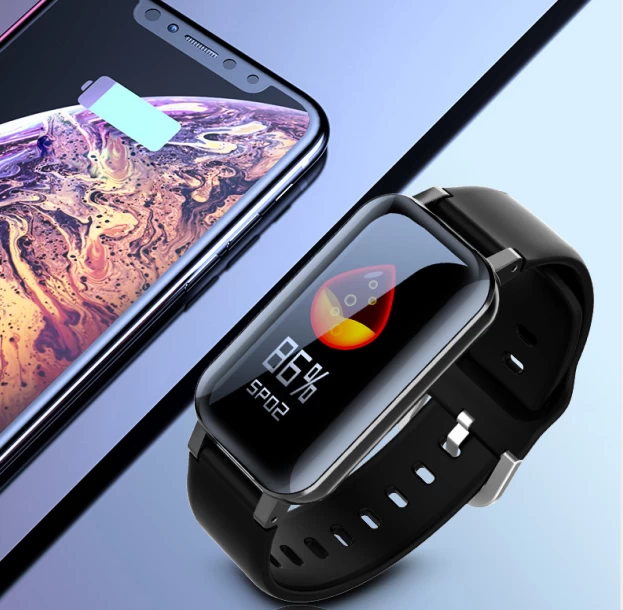
In addition to NFMI, there are also a few brands that choose to use Bluetooth technology to connect the left and right ears. Although this approach can achieve a higher transmission data rate, it is also more susceptible to interference due to the widespread use of Bluetooth, and the left and right ears may be disconnected. phenomenon. In addition, a very small number of earphones have recently begun to use a new generation chip developed by Qualcomm (such as QCC3026). If the source end can use a specific computing platform (such as Snap dragon 845), the so-called True Wireless Stereo Plus transmission mode can be achieved. , That is, it can directly transmit the left and right ear signals to the left and right ears from the source end, which can break the traditional method. Of course, this is a more ideal and progressive approach, but because the technology is still very new, there are not many products used, and the actual performance How is still worth watching.
In short, no matter which wireless connection method is used, the technology and circuit design method adopted by each brand are different, so the stability of the two-ear connection is good or not, it is recommended that you try it first. When wearing and listening, except for If you listen to the sound you like, you can also check the stability of the connection between the two ears. You can turn your head frequently during the test to see if there is any poor signal reception, or go to the earphone shop. Next to the telephone pole outside the box or door to see if it will be interfered by electromagnetic waves.
2. Pay attention to the delay
Bluetooth headsets have long had the problem of "delay". This is also the most frequently criticized area when many people use Bluetooth headsets for various audio-visual entertainment. Modern people use earphones no longer just to listen to music. For example, they use communication software and social platforms when they slide their phones, and sometimes they will click on videos to watch. If you play mobile games, true wireless bluetooth earbuds will become With your portable video game equipment, if the delay of the headset is severe, the "delay" will be greater when the sound and video are not synchronized when watching videos or playing games. Once such a situation occurs, no matter how good the sound quality is and how comfortable it is to wear, The value of the product will definitely be greatly reduced.
Generally speaking, if true wireless bluetooth earbuds use Bluetooth SBC or AAC encoding, the delay will be more serious. The delay is related to the hardware and software configuration of the device itself, and the supported protocols. From the perspective of protocol, because most true wireless bluetooth earbuds currently only support SBC and AAC protocols, both in terms of sound quality and latency are not good, generally more than 150mS. The aptX Low Latency low-latency technology can reduce the delay below 40ms, which can be said to be the current market
Bluetooth technology has the lowest latency communication protocol.
However, the delay in the headset is not limited to the Bluetooth specification. In addition to the different Bluetooth communication protocols used by each headset, the internal circuits, chips, and hardware and software configurations will more or less have an impact, so When buying true wireless bluetooth earbuds, in addition to looking at the Bluetooth specifications first, it is recommended that you must open a video to see the delay when you are listening, and consider your usual earphone habits before making a decision.



